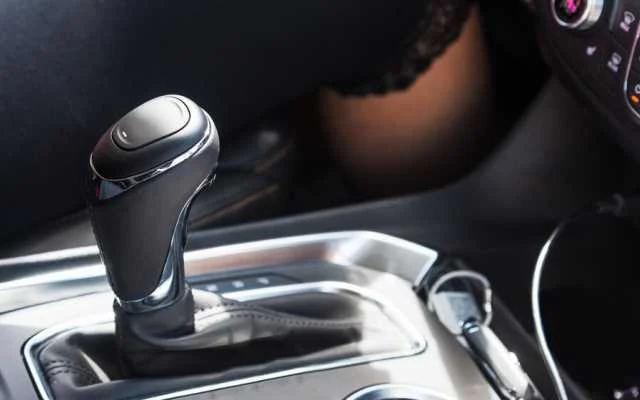What Exactly is Overdrive?
Before diving into the nitty-gritty, let's clarify what overdrive entails. In simple terms, overdrive refers to a gear ratio in a transmission system that allows the engine to operate at a lower speed while the wheels maintain a higher speed. Essentially, it's a mechanism designed to improve fuel efficiency and reduce engine wear by minimizing the RPM (revolutions per minute) at cruising speeds.
The Inner Workings of Overdrive
Now that we've established the fundamental concept, let's take a closer look at how overdrive functions within a car's transmission system.
1. Overdrive Gear Ratio
At its core, overdrive gear is all about ratios. When engaged, it allows the output shaft of the transmission to rotate at a faster speed than the input shaft. This results in a reduction of engine RPM, enabling smoother and more economical cruising on highways or long stretches of road.
2. Activation Mechanism
Overdrive isn't always engaged by default. Most modern vehicles come equipped with an overdrive button or switch, allowing the driver to manually activate or deactivate it as needed. This gives drivers greater control over their vehicle's performance, especially in situations where fuel efficiency is paramount.
3. Electronic Control
In recent years, advancements in automotive technology have led to the integration of electronic control systems into overdrive mechanisms. These systems monitor various factors such as vehicle speed, engine load, and throttle position to determine the optimal times for engaging or disengaging overdrive. This level of automation ensures seamless operation and maximizes efficiency.
The Benefits of Overdrive
Now that we've covered the mechanics, let's explore the tangible benefits that overdrive brings to the table.
1. Enhanced Fuel Efficiency
By allowing the engine to operate at lower RPM during cruising speeds, overdrive helps conserve fuel and reduce emissions. This translates to significant savings at the pump and a reduced environmental footprint—an appealing proposition for eco-conscious drivers.
2. Reduced Engine Wear
High engine RPM is often associated with increased wear and tear on internal components. By lowering the RPM during highway driving, overdrive minimizes stress on the engine, prolonging its lifespan and reducing the likelihood of mechanical issues down the road.
3. Smoother Driving Experience
Thanks to its ability to maintain steady engine speed at higher vehicle velocities, overdrive contributes to a smoother and more comfortable driving experience. Say goodbye to jarring gear shifts and hello to effortless cruising on the open road.
Common Misconceptions About Overdrive
Despite its numerous benefits, overdrive remains a subject of confusion for many drivers. Let's debunk some common myths and misconceptions surrounding this innovative technology.
1. Overdrive is Only for High-Speed Driving
Contrary to popular belief, overdrive can be beneficial even at moderate speeds. Whether you're navigating city streets or cruising along the interstate, engaging overdrive can help optimize fuel efficiency and reduce engine strain.
2. Overdrive Should Always be On
While overdrive can improve fuel economy and enhance driving comfort, there are situations where it may be advisable to deactivate it. For instance, when towing heavy loads or traversing steep inclines, disengaging overdrive can provide better torque and power delivery.
3. Overdrive is a Cure-All for Poor Fuel Economy
While overdrive can certainly contribute to fuel savings, it's not a panacea for all fuel-related woes. Factors such as driving habits, vehicle condition, and maintenance practices also play significant roles in determining fuel efficiency.
Conclusion
In conclusion, overdrive represents a pinnacle of automotive engineering, offering drivers a potent blend of efficiency, performance, and comfort. By understanding its functions and benefits, drivers can harness the full potential of this remarkable technology, unlocking a world of smoother rides and greener journeys.
So the next time you hit the open road, don't forget to engage that overdrive and experience the thrill of optimized driving firsthand!
Remember, when it comes to overdrive, knowledge is power—so spread the word and drive smarter!

